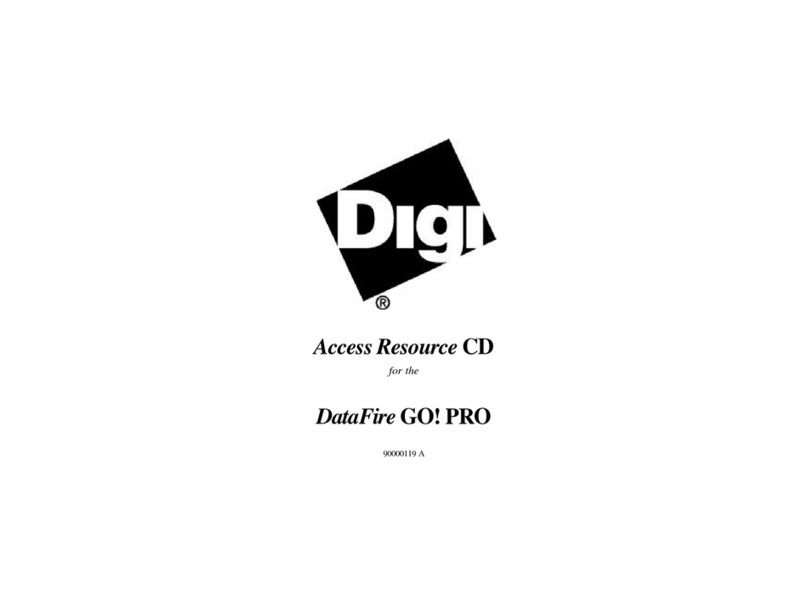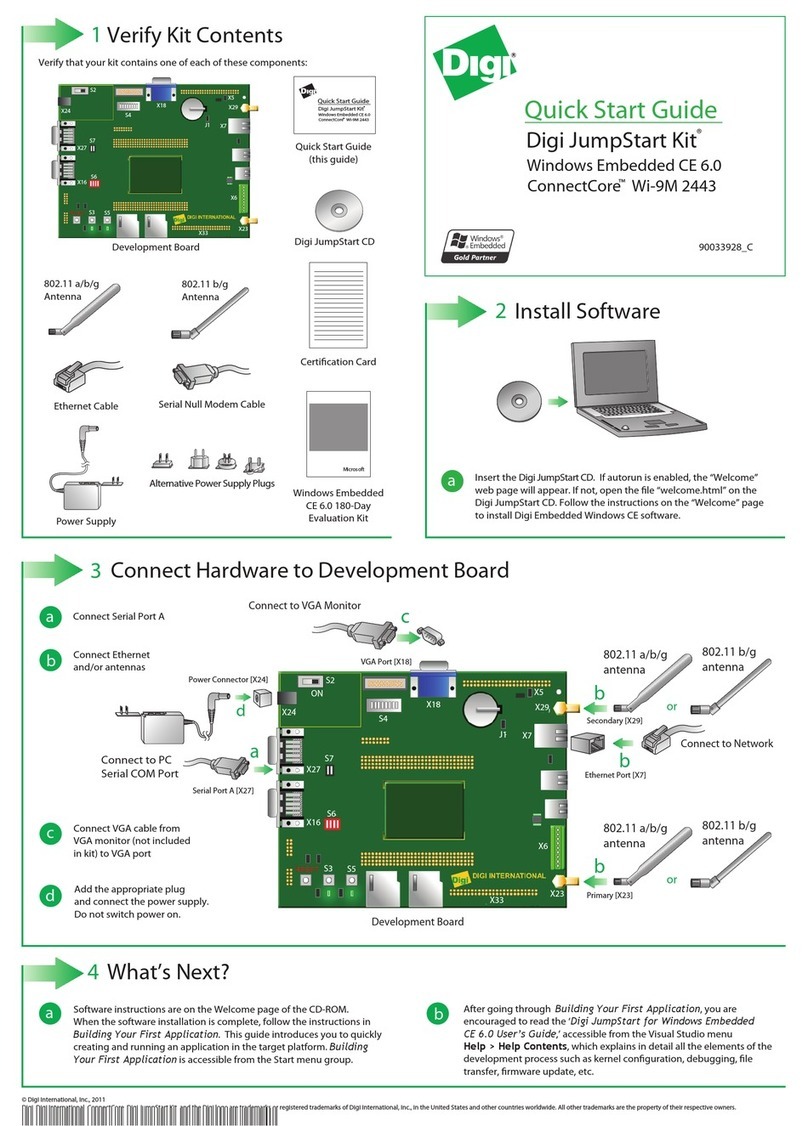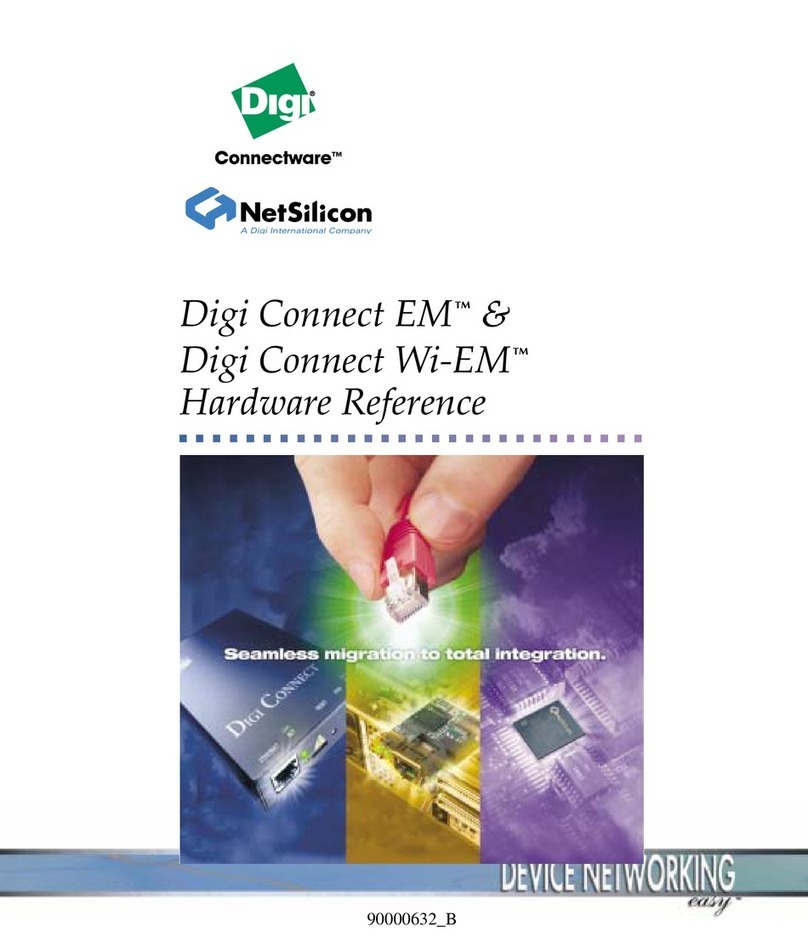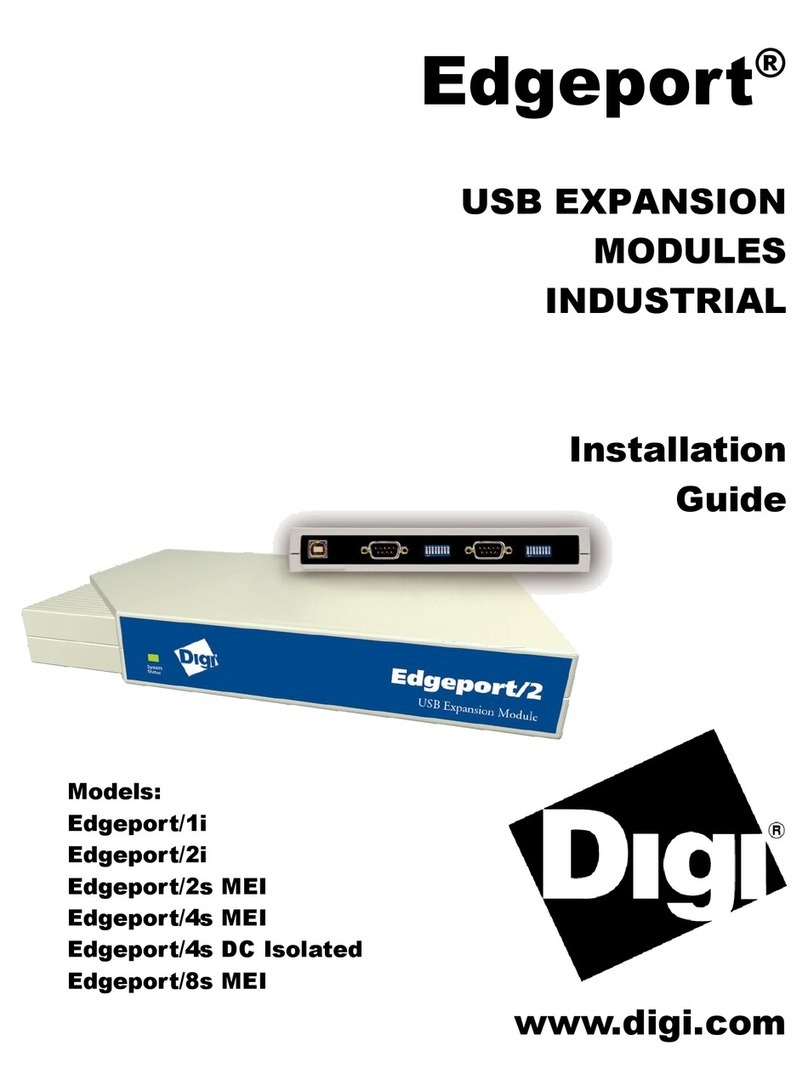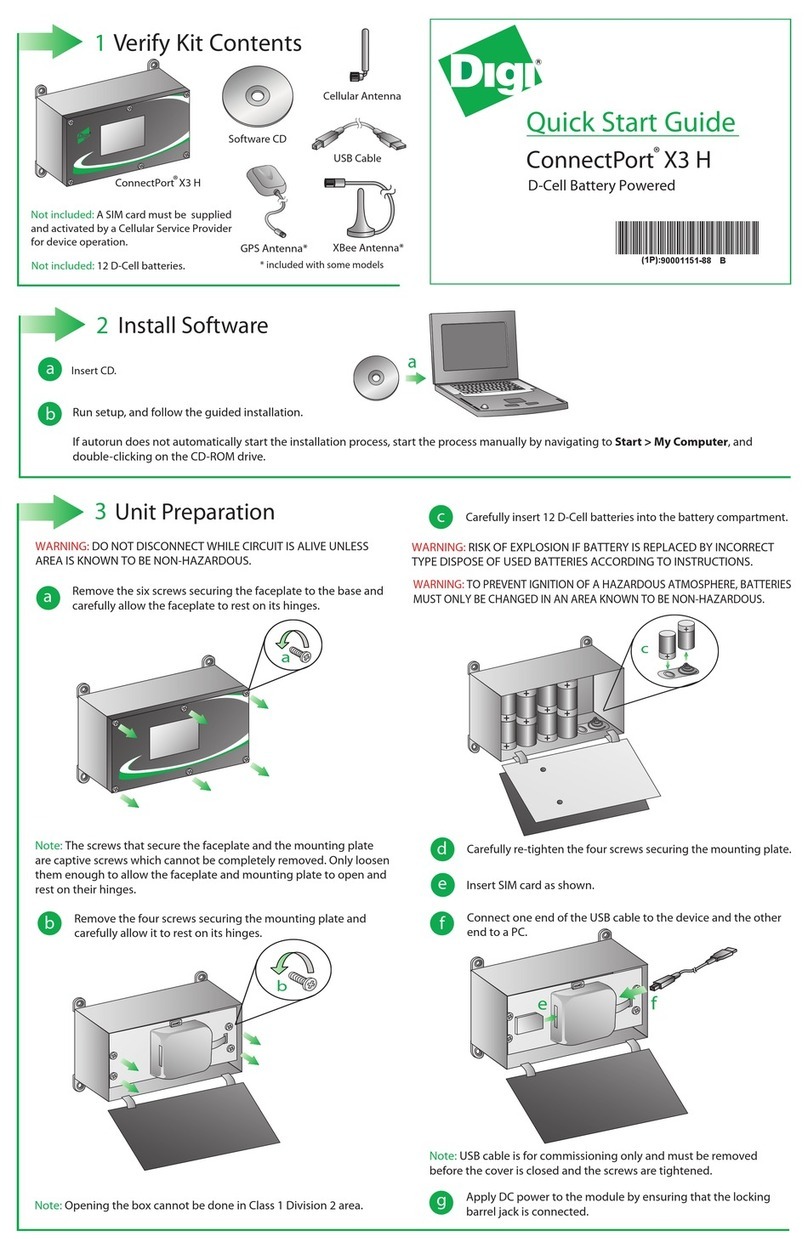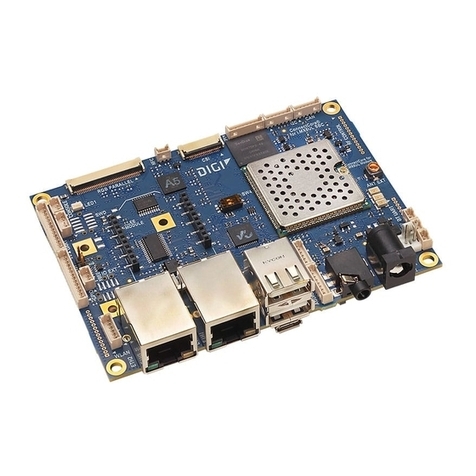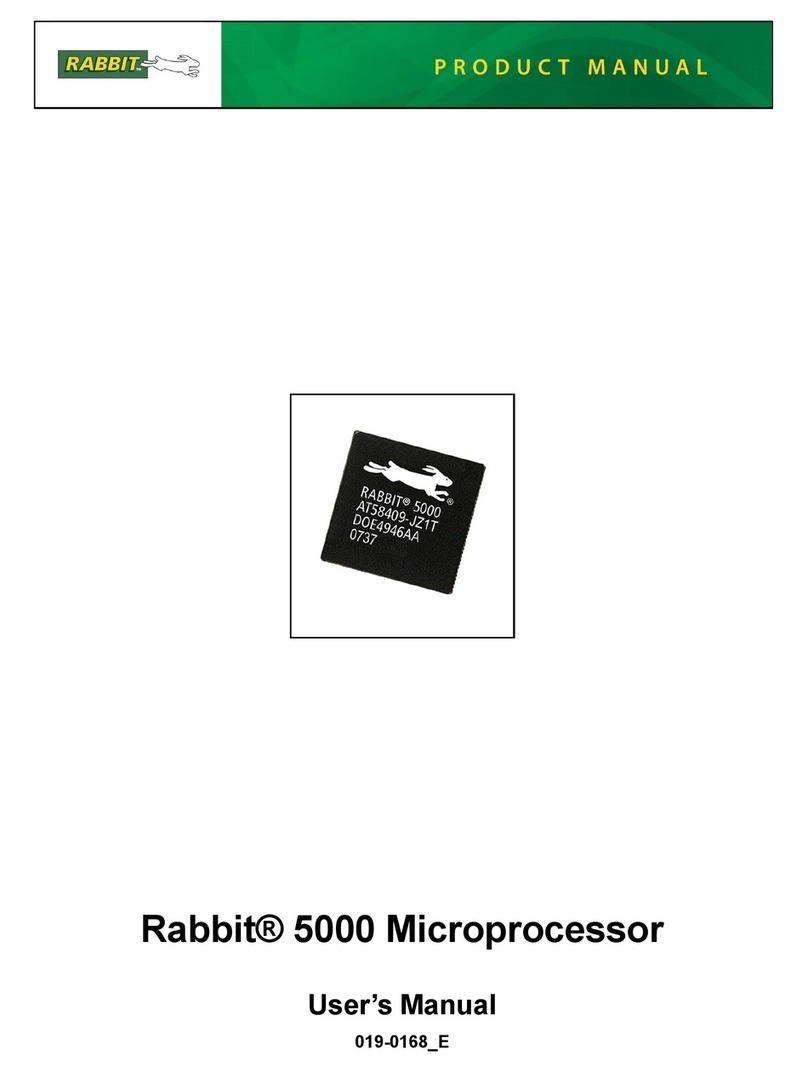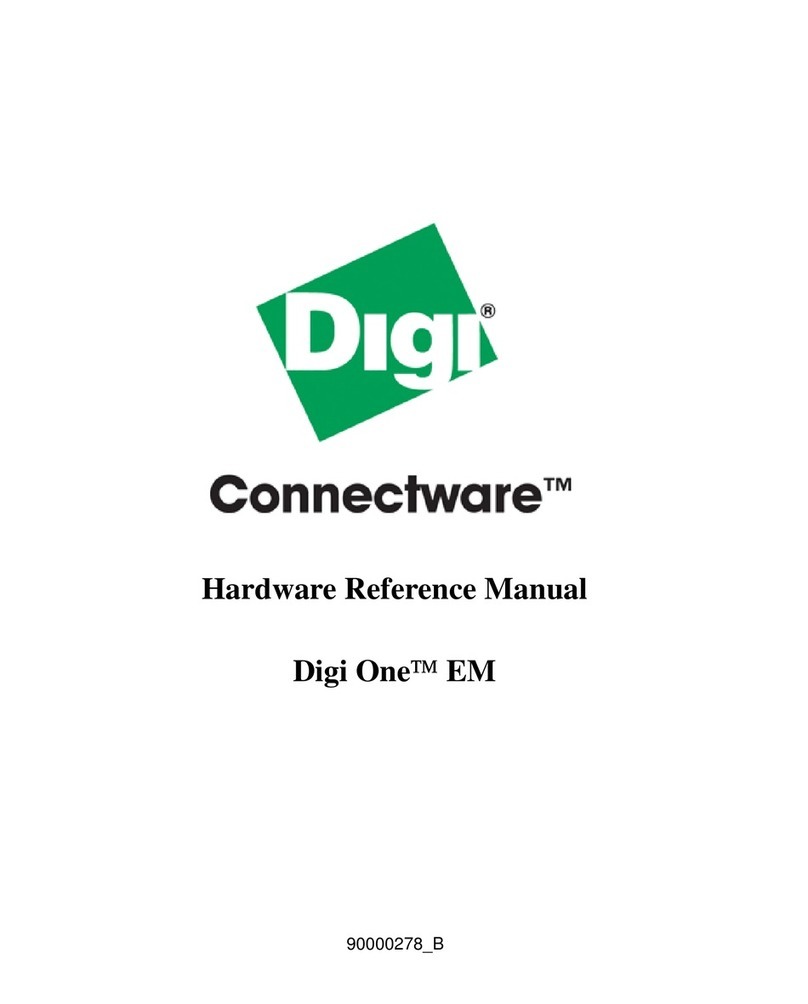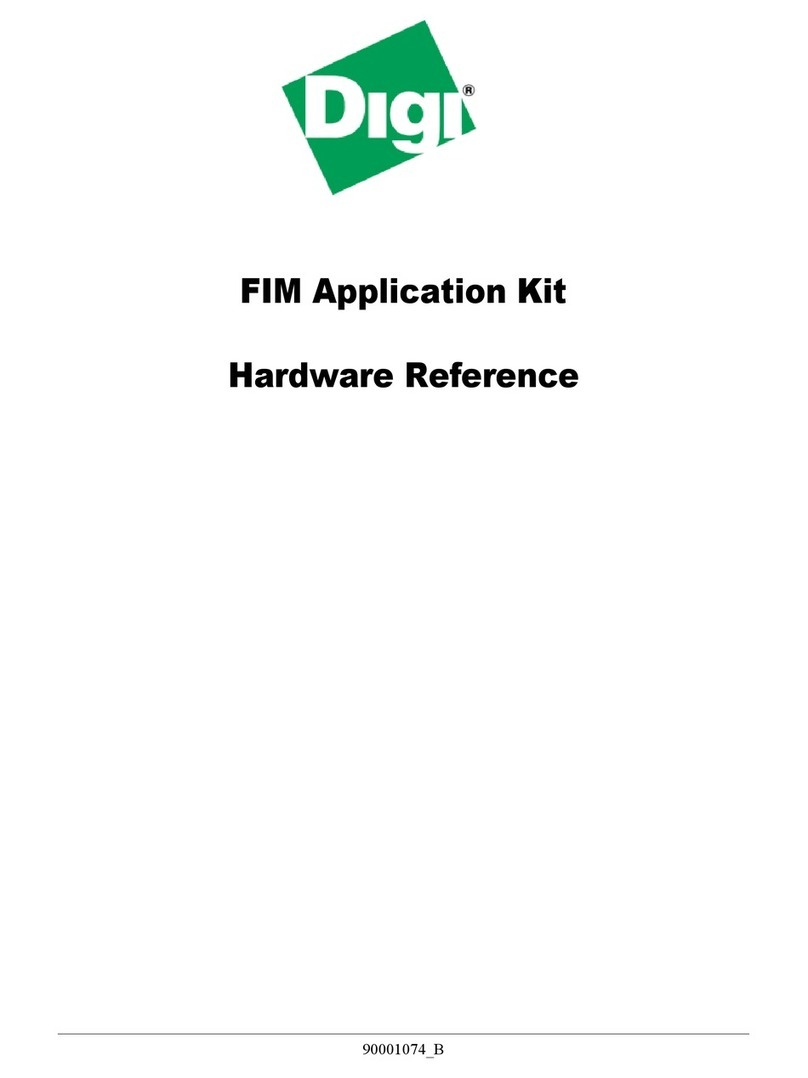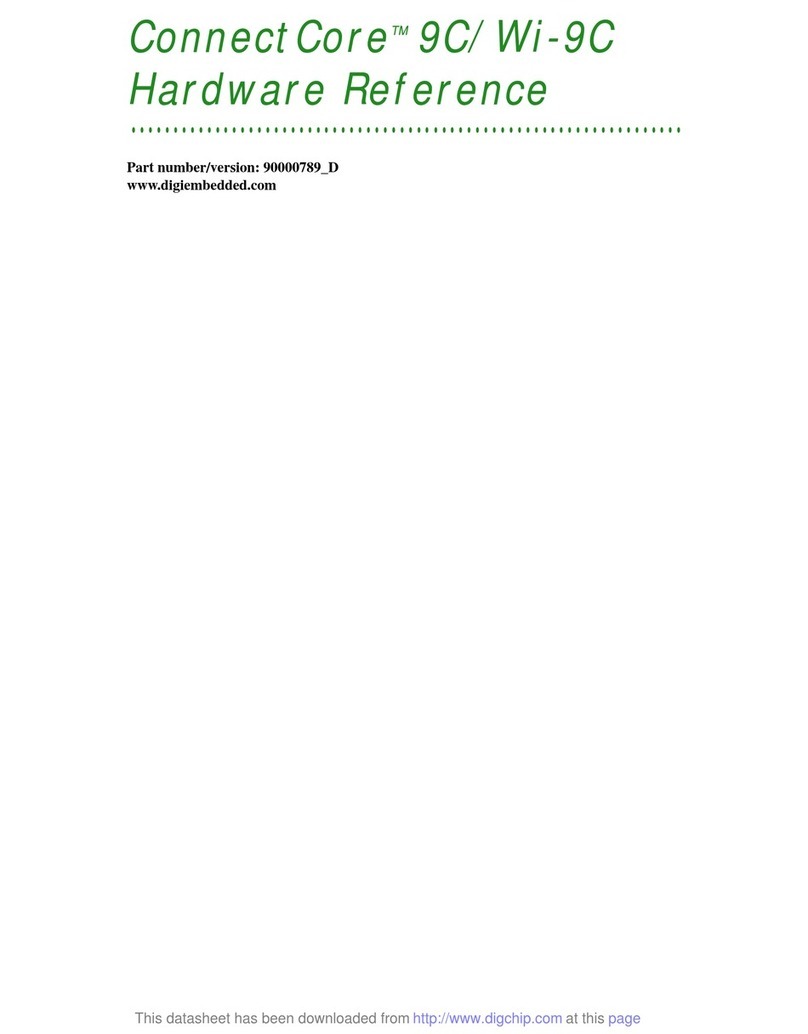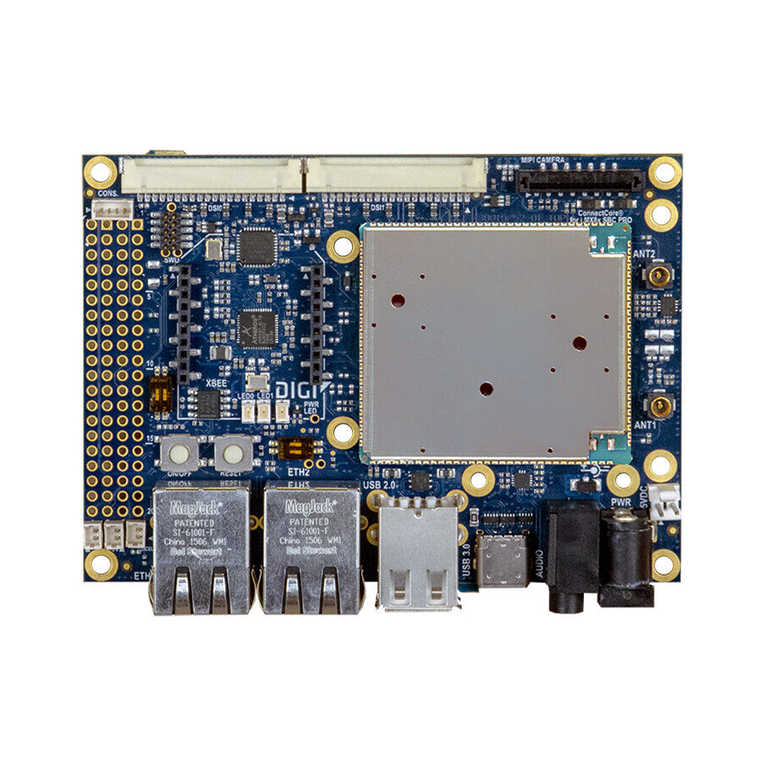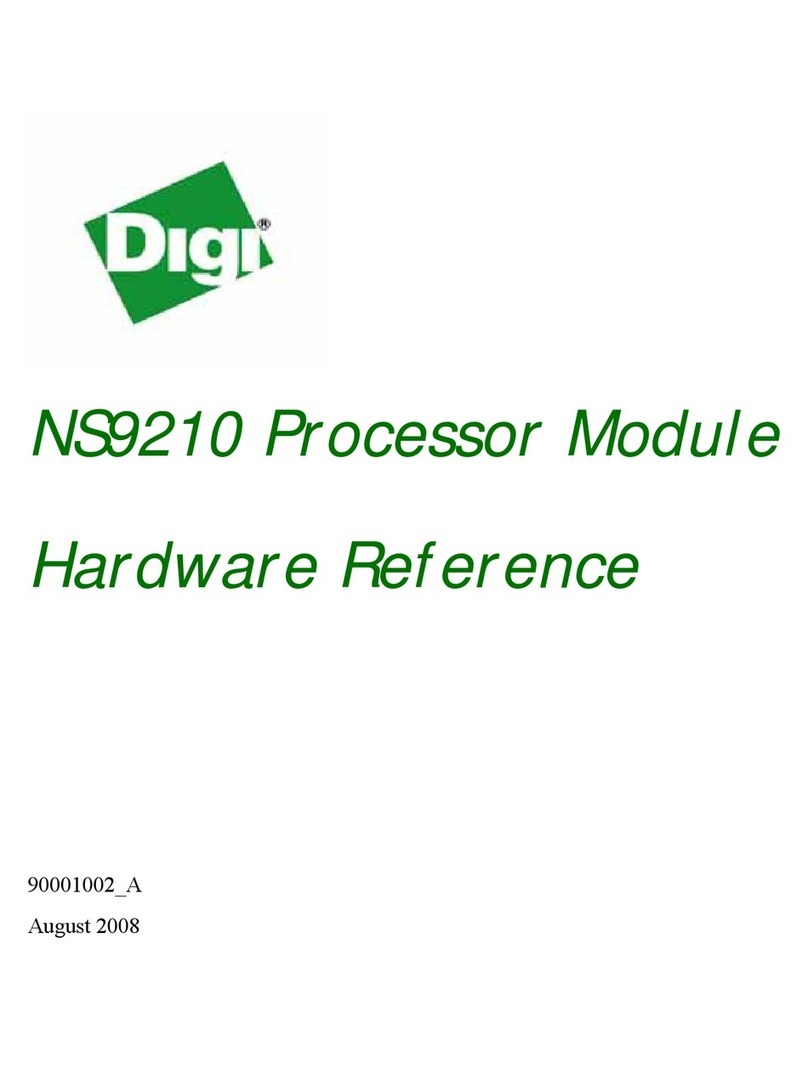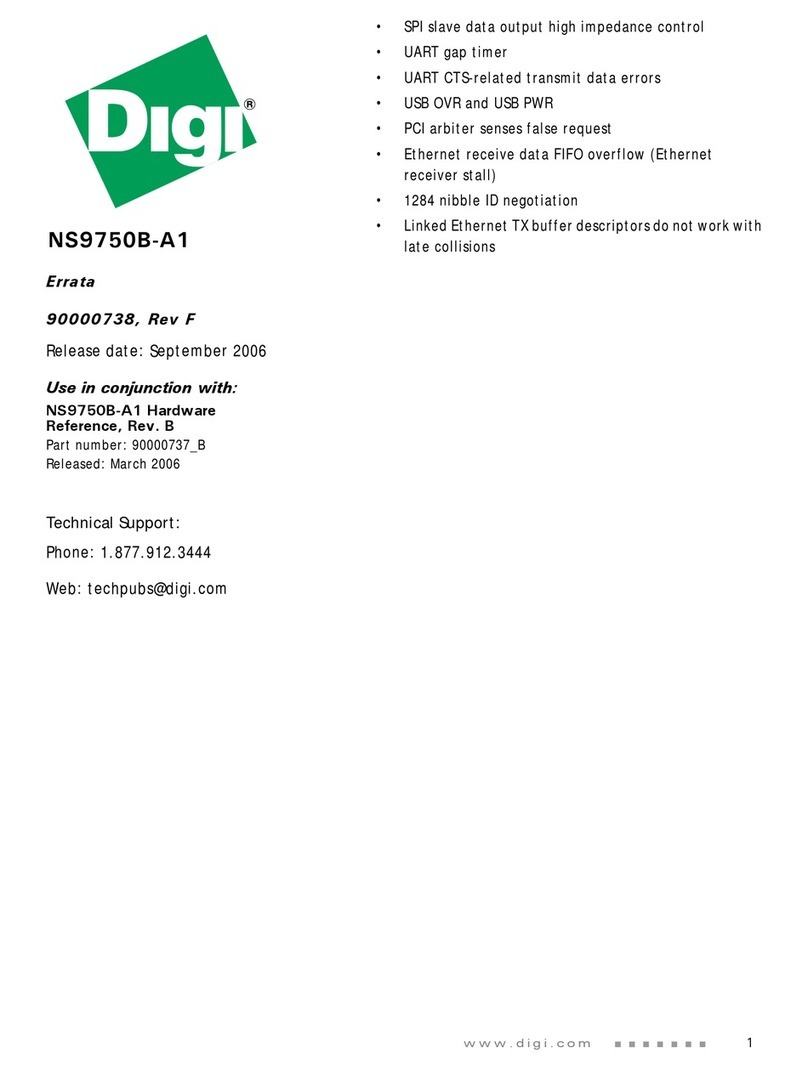
ix
Ethernet General Status register (EGSR) bit definitions..................164
Ethernet FIFO Data register ...................................................167
Ethernet Transmit Status register............................................168
Ethernet Receive Status register .............................................173
MAC Configuration Register 1 .................................................176
MAC Configuration Register 2 .................................................178
Back-to-Back Inter-Packet-Gap register.....................................182
Non-Back-to-Back Inter-Packet-Gap register ...............................183
Collision Window/Collision Retry register ..................................184
Maximum Frame register ......................................................185
PHY Support register ...........................................................186
Test register .....................................................................187
MII Management Configuration register .....................................189
MII Management Command register..........................................191
MII Management Address register ............................................192
MII Management Write Data register ........................................193
MII Management Read Data register .........................................194
MII Management Indicators register..........................................195
SMII Status register .............................................................196
Station Address registers ......................................................196
Station Address Filter register ................................................199
Register hash table .............................................................200
Chapter 10: Serial Controller Module ........................................................ 207
Supported features ....................................................................208
Bit-rate generator .....................................................................209
Serial protocols ........................................................................210
UART mode .............................................................................210
SPI mode ................................................................................211
FIFO management ..............................................................212
General-purpose I/O configurations ................................................220
Serial port performance ..............................................................221
Configuration...........................................................................221
Serial Channel registers ..............................................................223
Serial Channel 1, 2 Control Register A ......................................223
Serial Channel 1, 2 Control Register B ......................................229
Serial Channel 1, 2 Status Register A ........................................233
